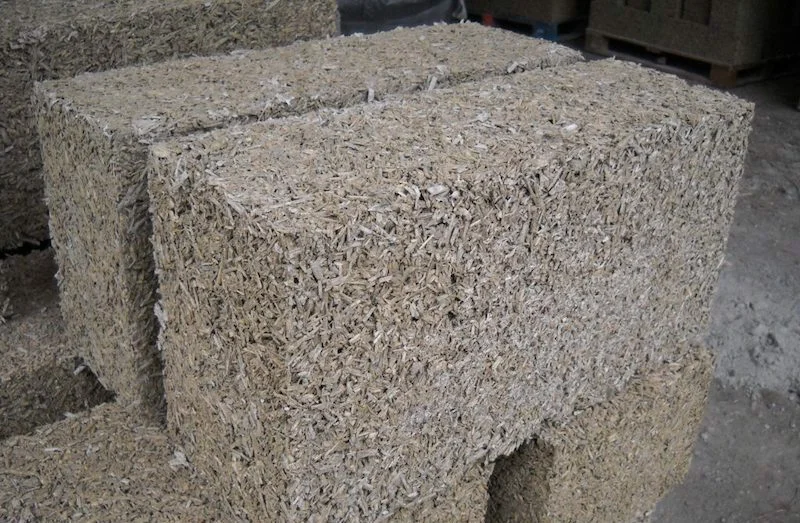Scientists from Vladimir Region Develop Hempcrete
Researchers at Vladimir State University (VLSU) have created an innovative building material called hempcrete, which has already been tested in the field during the construction of a two-story building in Murom.
Hempcrete Made from Industrial Hemp
Hempcrete, also known as hemp-lime concrete, is a lightweight concrete that uses organic filler made from the woody core of hemp stalks. The material was invented by the team at the Laboratory of Ecological Construction at the Institute of Architecture, Construction, and Energy of VLSU. According to the head of the laboratory, Lyubov Zakrevskaya, hempcrete is highly durable, offers excellent thermal insulation, and is less expensive than wood concrete (arbolite). She noted that the filler is composed of 80% hemp shiv and 20% binding additives.
Production and Expansion Plans
This year, the company Vladtekhagro planted industrial hemp for the first time on 500 hectares in the Vyaznikovsky district of the Vladimir region. Over the next five years, the company plans to expand the planting area to 2,500 hectares. Regional authorities aim to increase the area of hemp fields to 5,000 hectares by 2030.
VLSU management plans to open a facility to produce hempcrete, likely sourcing raw materials from Vladtekhagro. The university leadership has not made future production forecasts, noting that output will depend on demand.
U.S. Government Invests in 3D-Printed Hempcrete
The U.S. government has also shown interest in hempcrete. Recently, the U.S. Department of Energy invested $3.47 million in developing 3D-printing technology for hempcrete. Specialists from Texas A&M University will work on this project, with the goal of using hempcrete to build affordable housing in the future.
The American version of hempcrete is made from hemp fiber, powdered hemp stalks, lime, and water. Unlike traditional concrete, hempcrete is a carbon-neutral building material, as its production releases significantly less carbon dioxide into the atmosphere. This makes hempcrete an environmentally friendly material. Associate Professor Petros Sideris of Texas A&M University stated that developing 3D-printing processes for hempcrete will help the U.S. maintain a leading position in the global construction market.



